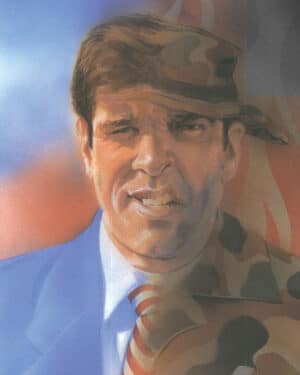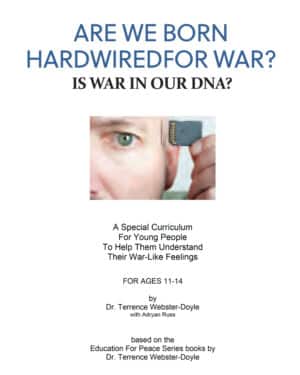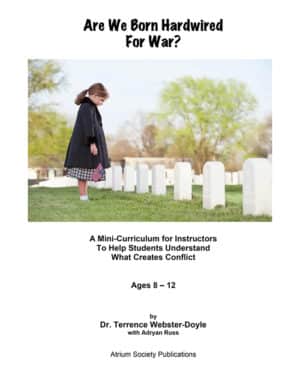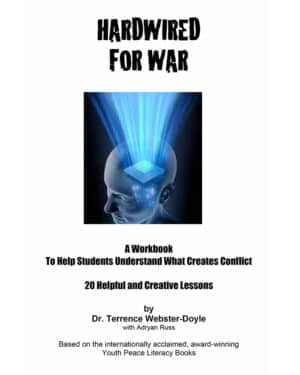Showing all 4 results
People also purchase these items with Respect: The Act of Being Kind to Myself
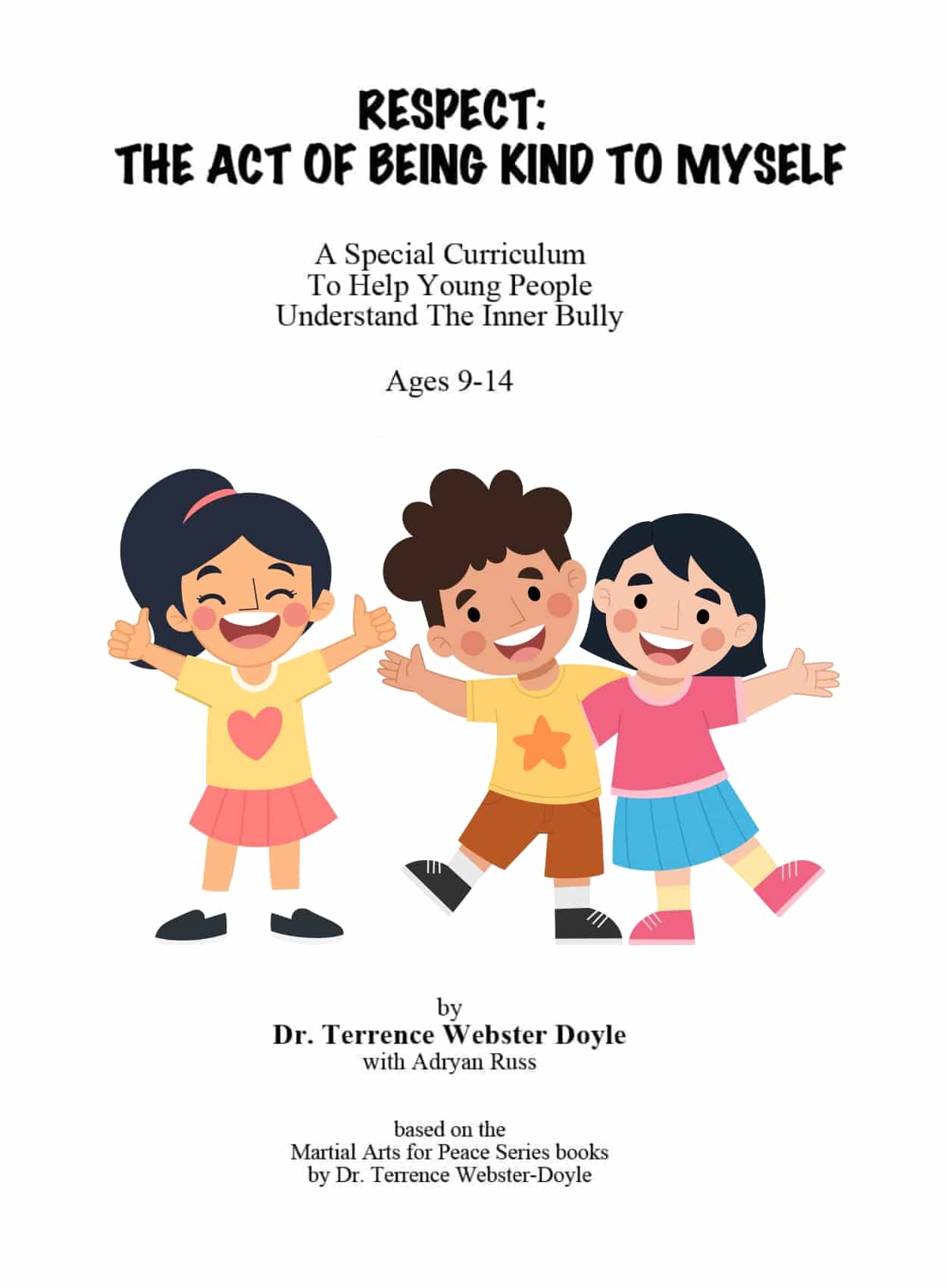
Respect: The Act of Being Kind to Myself added to cart
Why Are We Always Picking on Each Other? Mini Curriculum (EN & ES) - English, PDF
$10.00
Add to Cart